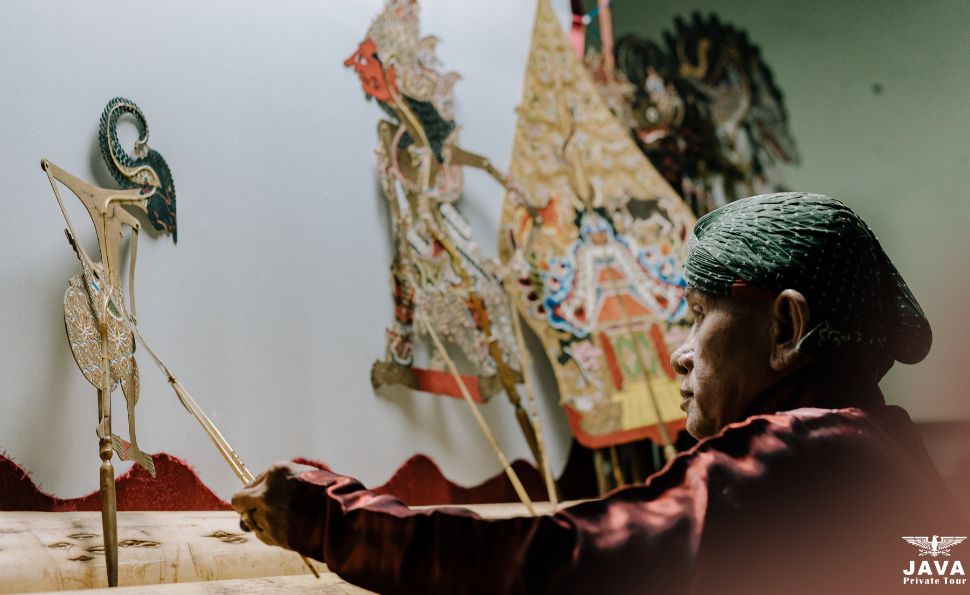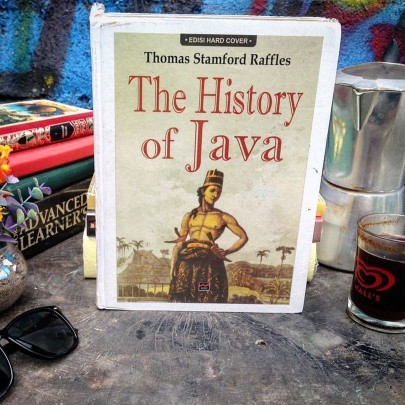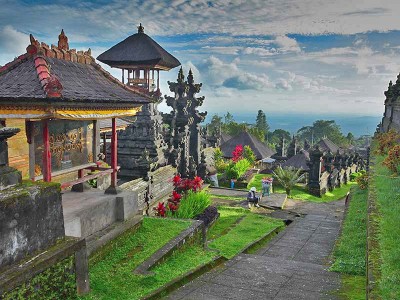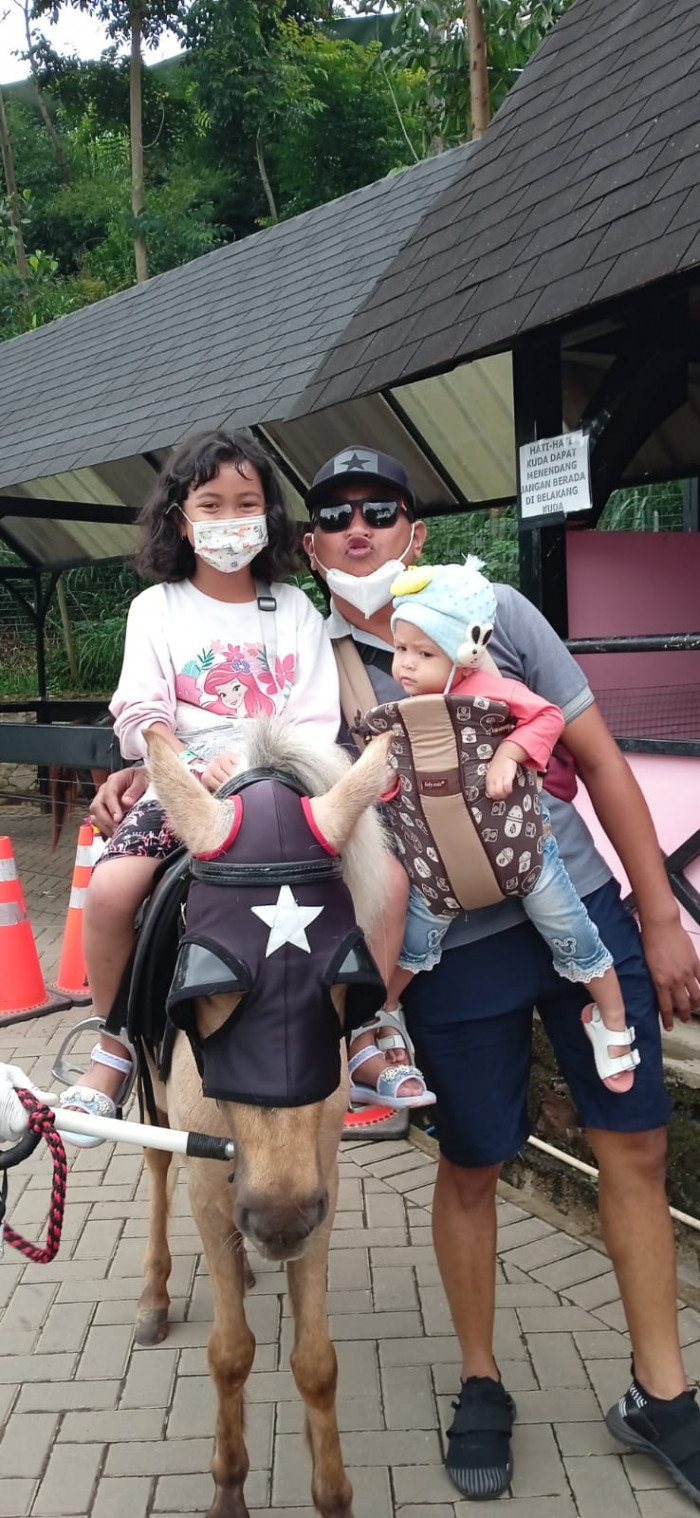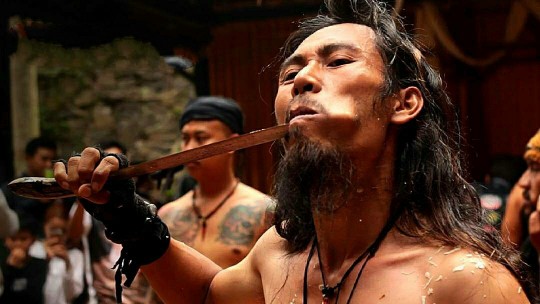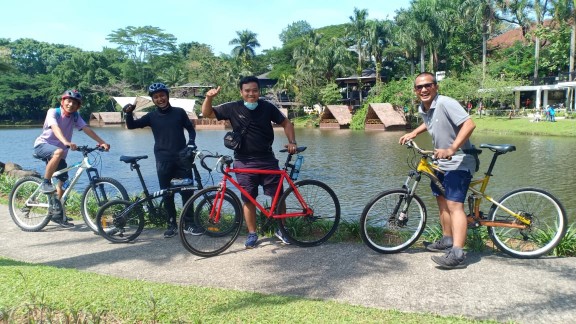javaprivatetour.com – Hey there, adventure seeker! If you’re planning a trip to Java, Indonesia, you’re in for a treat. This island isn’t just about stunning beaches and majestic volcanoes; it’s also a treasure trove of cultural wonders. One of the most fascinating aspects of Javanese culture is the traditional art of Wayang Kulit.
Imagine yourself sitting under the stars, watching intricate shadow puppets come to life on a screen, accompanied by the mesmerizing sounds of a gamelan orchestra. This is not just a show; it’s a journey into the soul of Javanese history and spirituality.
A Glimpse into the Past

Wayang Kulit, which means “shadow puppet” in Indonesian, is believed to have originated in the royal courts. Over time, it transcended its elite roots and became a cherished folk art, spreading far and wide across the archipelago.
The term “wayang” is thought to come from “ma Hyang,” meaning “toward the spiritual realm.” Others believe it derives from the word “bayang,” meaning “shadow,” emphasizing the technique of casting shadows on a screen.
Made from buffalo hide and crafted with incredible detail, these puppets are the heart and soul of Wayang Kulit. Each puppet represents a character from ancient epics, and every movement tells a story, rich with philosophical and moral teachings.
The Elements of Wayang Kulit
A Wayang Kulit performance is a spectacle that involves:
- The Dalang: The master puppeteer who brings the characters to life.
- Gamelan Orchestra: A traditional ensemble that provides the musical backdrop.
- Pesinden: Female singers who add vocal melodies to the performance.
Every element in the performance is laden with symbolism and deep meaning. The stories often teach noble virtues, love, and respect, and occasionally include social criticism and humorous interludes.
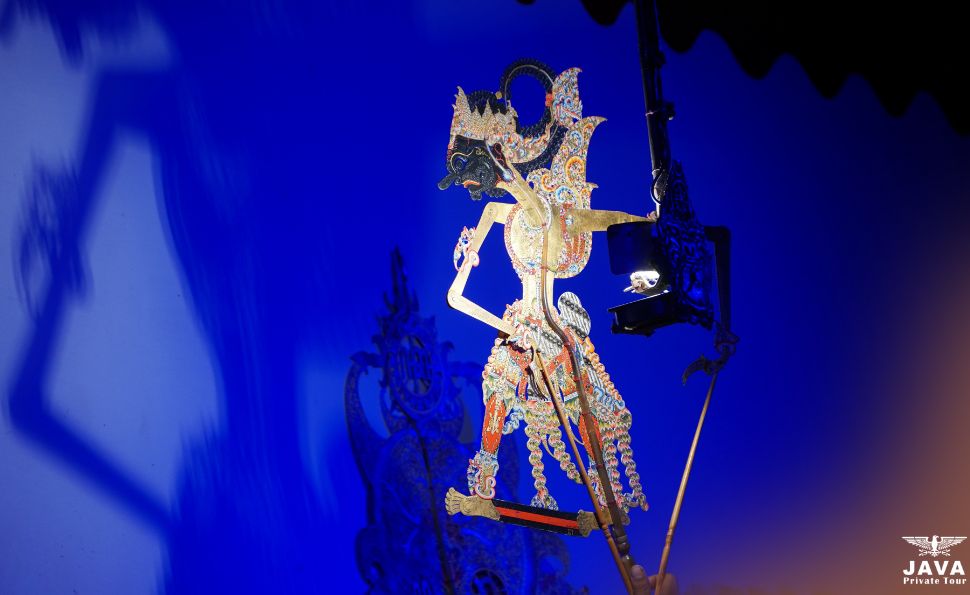
Historical Roots
Wayang Kulit has a long and storied history, with the oldest records dating back to the 9th century in inscriptions from East Java. These ancient texts refer to “haringgit” or “dalang” (puppeteer), showing the art form’s deep roots in Javanese culture.
Initially, Wayang Kulit performances were exclusive to royal ceremonies, but as Islam spread across Java, the art form found a new role. Islamic preachers used Wayang Kulit to communicate religious teachings to the common people. They adapted the stories to include new characters and themes that aligned with Islamic values.
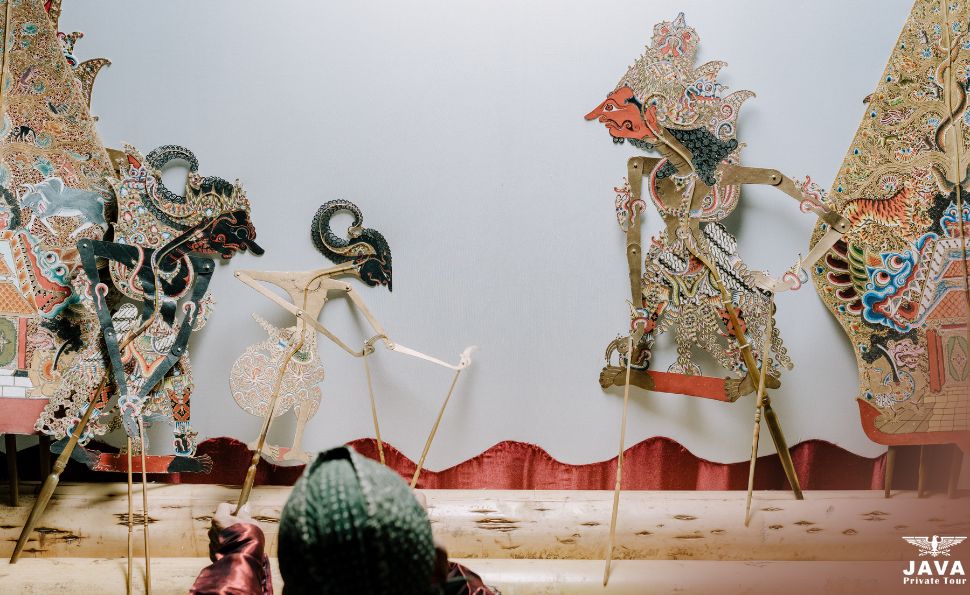
Evolution and Adaptation
With the arrival of Europeans, Wayang Kulit continued to evolve. Catholic missionaries, much like their Islamic counterparts, saw its potential as a medium for spreading religious messages. Despite these influences, the traditional form of Wayang Kulit, especially in regions like Yogyakarta and Surakarta, remains largely unchanged.
In modern times, Wayang Kulit has embraced new technologies and ideas, leading to innovative performances that blend traditional and contemporary elements. This adaptability has helped it remain relevant and captivating for audiences around the world.
A Global Heritage
UNESCO has recognized Wayang Kulit as a masterpiece of oral and intangible heritage of humanity, cementing its status as a global cultural treasure. This acknowledgment underscores the art form’s significance and its impact beyond Indonesia’s borders.
Your Journey with Java Private Tour
Now, if this rich cultural tapestry has piqued your interest, you’re probably wondering how to experience it firsthand. That’s where Java Private Tour comes in.
Why choose Java Private Tour?
- Expert Guides: Our guides are fluent in English, incredibly friendly, and possess deep knowledge of Javanese culture.
- Flexibility: We tailor our tours to your schedule and interests. No rigid itineraries – it’s all about what you want to explore.
- Professionalism: Our team includes certified local guides and licensed drivers, ensuring a safe and enriching experience.
- Wide Range of Vehicles: Whether you prefer a sedan, a van, or a full-size tour bus, we’ve got you covered.
- Trusted by Embassies: Numerous foreign embassies recommend Java Private Tour for their visitors, a testament to our exceptional service.
For first-time visitors to Java, Java Private Tour is your go-to guide, setting the standard for an unforgettable adventure. We’re here to make your journey as smooth and enjoyable as possible, immersing you in the beauty and culture of this amazing island.
Beware of Imitators: Choose the Authentic Java Private Tour
We know there are many out there who claim to be Java Private Tour, but there’s only one true Java Private Tour. Some foreign tour companies may use similar names to describe their programs, but we are the original and authentic Java Private Tour. You can find the real us at www.javaprivatetour.com and make sure to check our verified location on Google Maps here.
For those of you visiting Java for the first time, Java Private Tour can be your go-to resource. We are not just a tour company; we are your companions in discovering the heart and soul of Java. Whether you’re here to relax, work, research, or create, we provide the perfect balance of professionalism and personal touch.
So, if you’re ready to explore the wonders of Java, head over to www.javaprivatetour.com/req and let’s start planning your adventure. Or you can simply click this link to chat with us on WhatsApp.
With Java Private Tour, you’re not just getting a guide; you’re gaining a friend who will ensure your trip is nothing short of extraordinary. See you in Java!
Ready to get your guide in Java? Make sure it’s the real Java Private Tour and get ready for an unforgettable journey!
You May Also Like
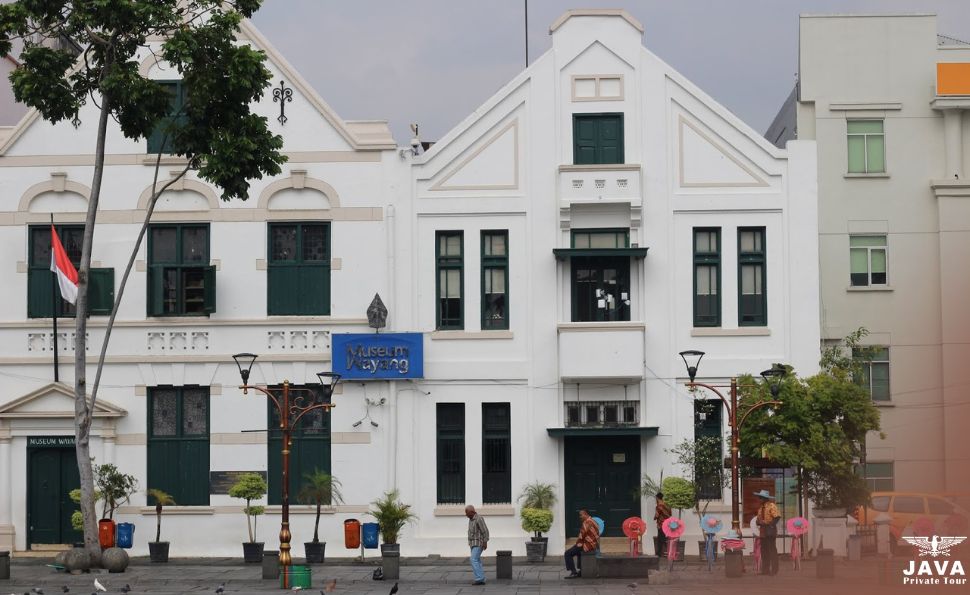 A Puppetry Wonderland: Inside Jakarta’s Wayang Museum
A Puppetry Wonderland: Inside Jakarta’s Wayang Museum
 Java’s Artistic Odyssey, The Fascinating World of Lengger Lanang
Java’s Artistic Odyssey, The Fascinating World of Lengger Lanang
 From Wayang to Weapons, Museum Sonobudoyo’s Cultural Kaleidoscope
From Wayang to Weapons, Museum Sonobudoyo’s Cultural Kaleidoscope
 Discover the Creamy Goodness of Soto Betawi and Rawon, Indonesia’s Pride in the World of Soups
Discover the Creamy Goodness of Soto Betawi and Rawon, Indonesia’s Pride in the World of Soups
 Indonesia to Host the World of Coffee Trade Show 2025: A Must-Attend Event for Coffee Enthusiasts
Indonesia to Host the World of Coffee Trade Show 2025: A Must-Attend Event for Coffee Enthusiasts

